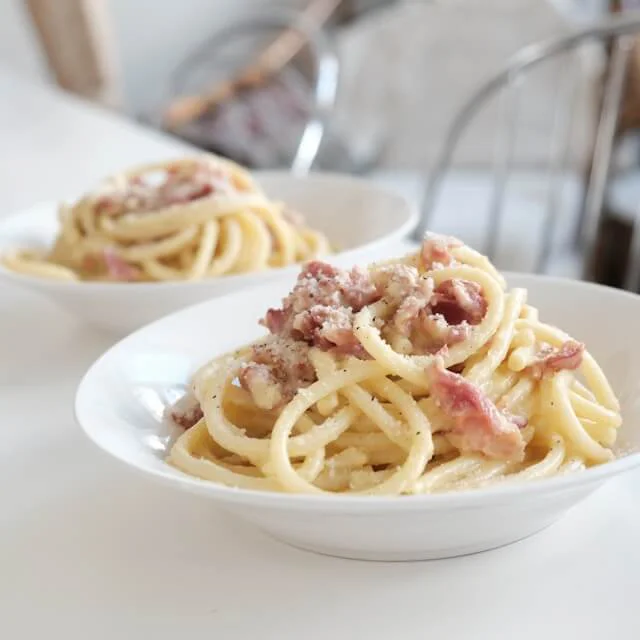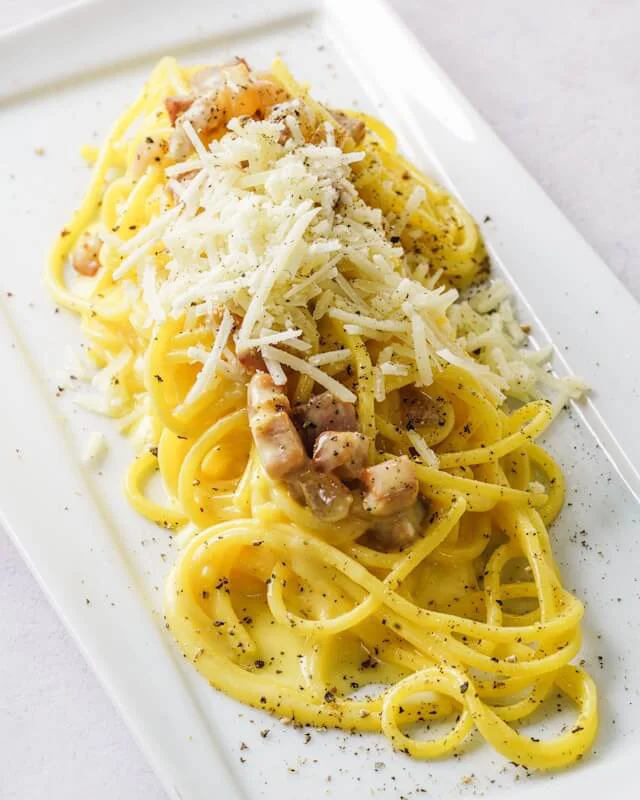Quiz Master's interesting facts
The Forgotten Origins of Italy’s Most Famous Pasta Shapes
Italy’s map is a patchwork of stories kneaded into dough, none more revealing than the quiet legends behind its celebrated pasta shapes. In the sun-bleached alleys of Bari Vecchia, nonne still press thumb-sized discs into tiny “ears", but orecchiette may have first travelled with Provençal traders in the twelfth century, evolving from the crosets of the French Alps before Apulian hands refined the thicker rim that traps bitter turnip tops and chilli-laced oil.
Further north, in Molise’s limestone hinterland, cavatelli carry a miner’s tale. Locals say the hollowed form mirrors the grottoes that honeycomb the Matese mountains; medieval tax ledgers even listed the pasta as payment for quarrying rights, a clever barter that fed bellies while balancing feudal books.

Then there is strozzapreti, the “priest-strangler” whose twisted strands coil like a clenched fist. Romagnolo folklore blames anticlerical wives: after tithes stripped their larders, they served priests rough-cut dough rolled so tight it might—so the wish went—catch in a greedy cleric’s throat. The less spiteful monks at the nearby monasteries also spun a counter-myth, holding that the spirals symbolize the scarf of St. Anthony, whom it tugs at gluttony from the soul.
The origin tales themselves are half-remembered whispers, but they speak to how geography, politics and faith shaped Italy’s larder long before authors of recipe books codified “authentic” cuisine. In each bite is a crossroads of migration, protest and the imagination — evidence that pasta, like history, is never just a simple strand.



